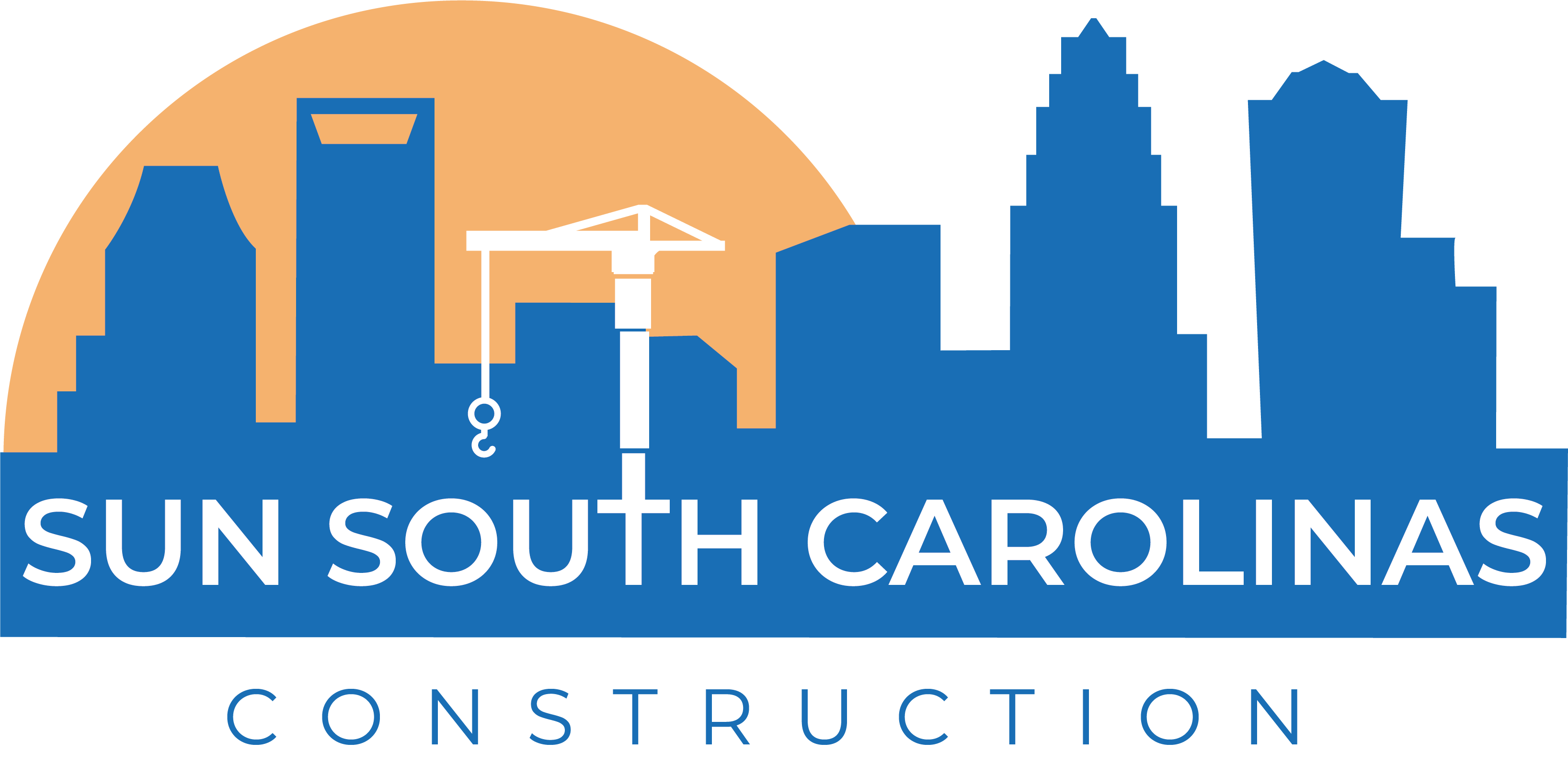In the ever-evolving realm of outdoor design, a revolutionary trend is taking center stage: the integration of 3D technology. As we enter a new era of innovation, the use of 3D technology is reshaping the way we envision and create outdoor spaces. This blog post delves into the exciting world of 3D technology in outdoor design, exploring its applications, benefits, and the transformative impact it has on landscape architecture.
Unveiling the 3D Landscape: A Paradigm Shift
The integration of 3D technology marks a paradigm shift in the landscape design industry. No longer confined to traditional sketches and blueprints, designers now harness the power of three-dimensional modeling to bring their visions to life. This shift has not only elevated the precision of designs but has also enhanced the client’s ability to visualize the end result, fostering a deeper connection between concept and reality.
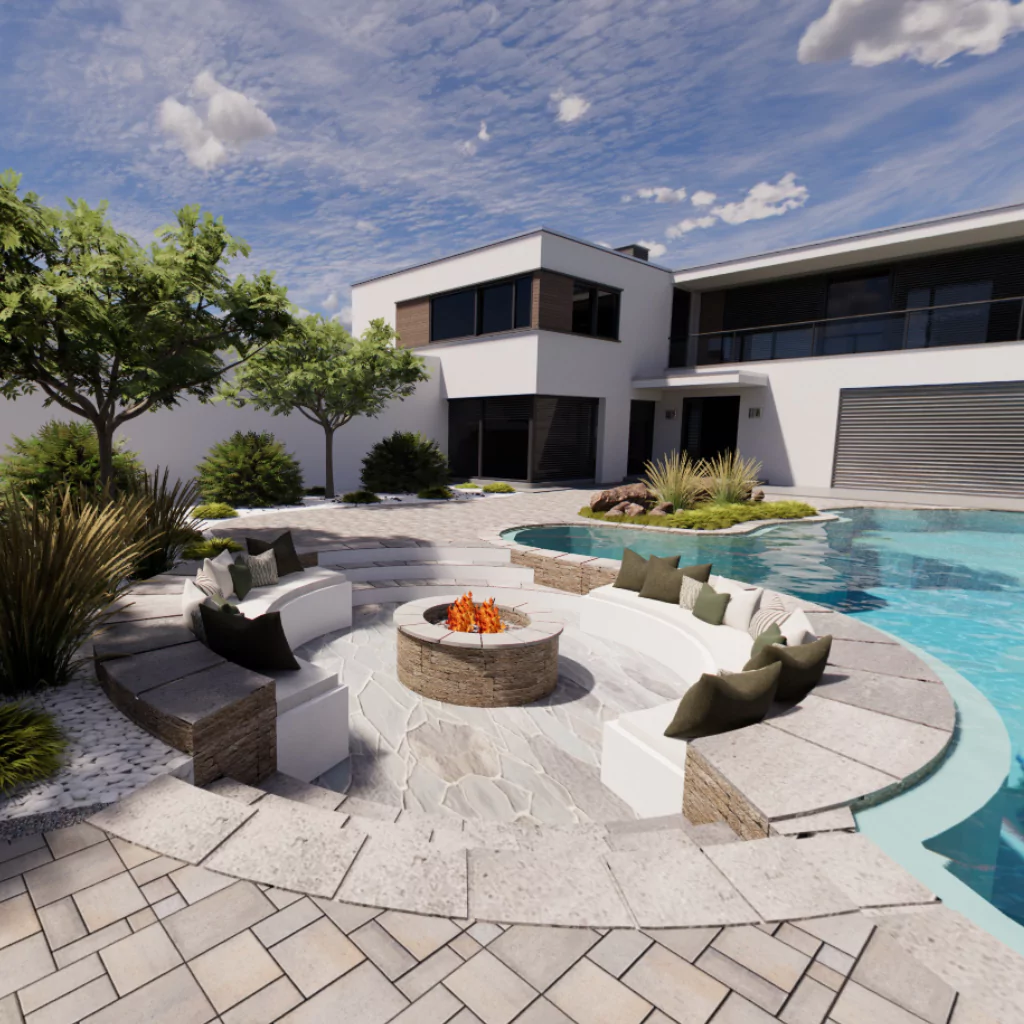
Applications Across Outdoor Spaces: From Gardens to Hardscapes
The versatility of 3D technology extends across various outdoor elements. Whether conceptualizing intricate garden layouts, sculpting the topography of a backyard, or refining the details of hardscapes, 3D modeling provides a comprehensive view of the entire outdoor environment. This approach allows designers to fine-tune every aspect, ensuring a harmonious and cohesive outdoor experience.
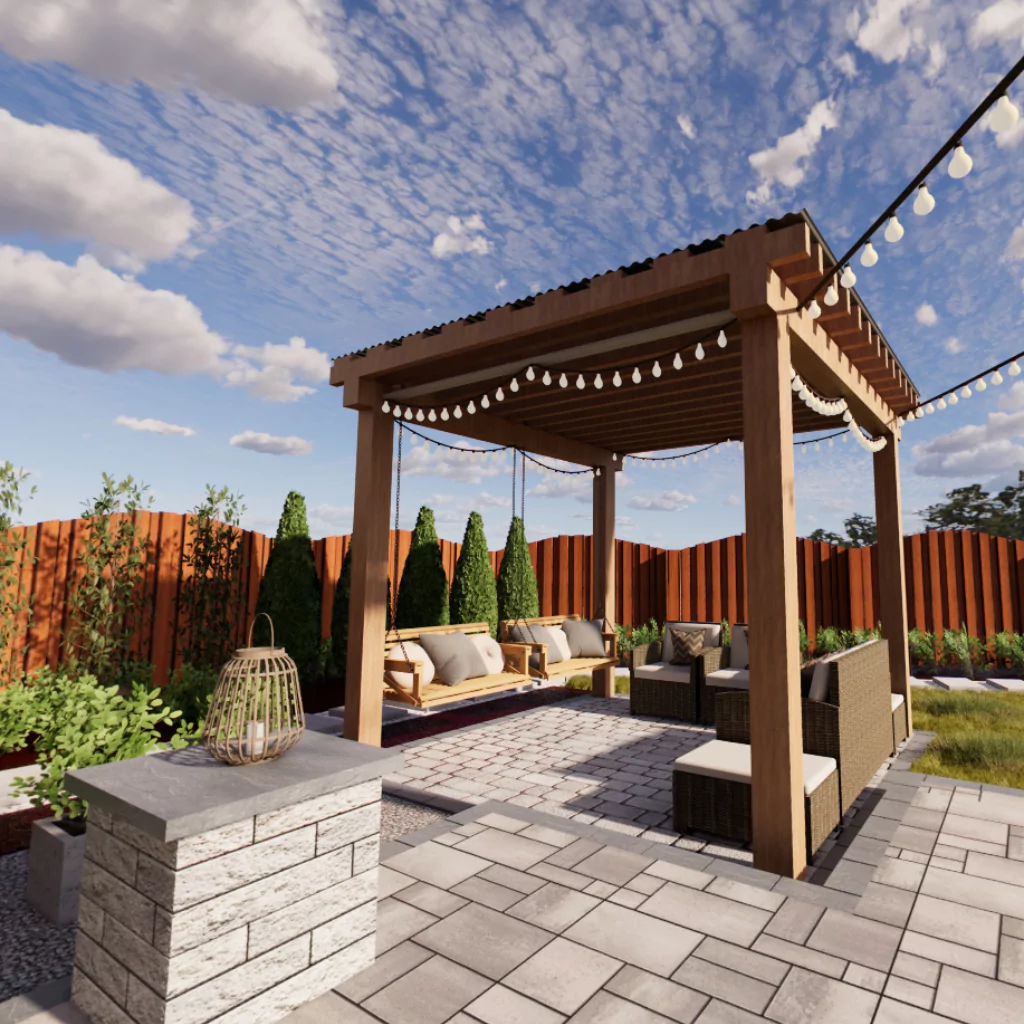
Interactive Design: Bridging the Imagination Gap
One of the most exciting aspects of 3D technology in outdoor design is its ability to bridge the imagination gap. Clients are no longer left to decipher 2D plans; instead, they can actively engage with a realistic representation of their future outdoor haven.
Through interactive 3D models, clients can explore the design from different angles, visualize color schemes, and even virtually “walk through” the space before a single stone is laid.
Did you know that we have a section on our website exclusively dedicated to 3D modeling projects? In this section you can explore how each project has endless possibilities as different materials are used.
We kindly invite you to take this journey and enjoy the 360 feature so you can have a unique experience. Click here!
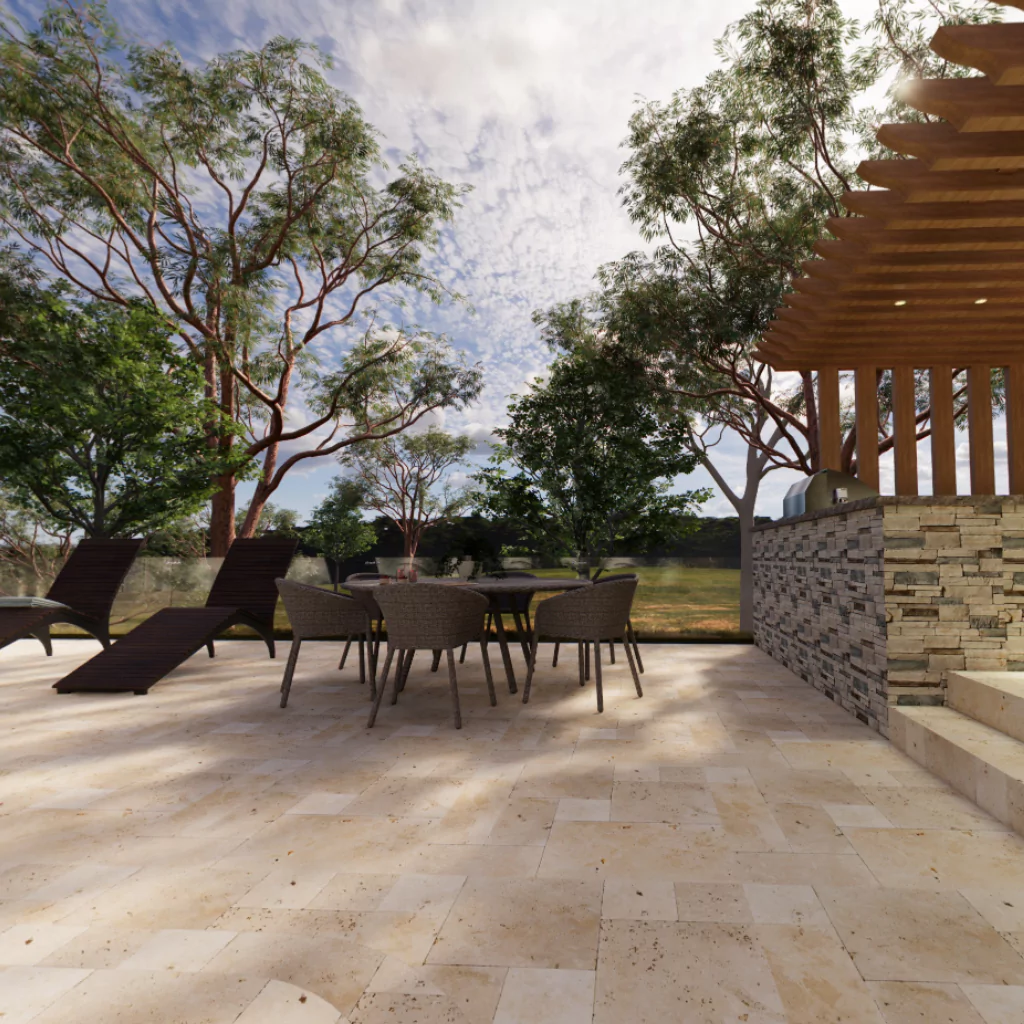
Enhanced Collaboration: From Designer to Client
The collaborative nature of outdoor design is amplified with 3D technology. Designers and clients can work together seamlessly, refining details in real-time. This collaborative approach not only ensures that the design aligns with the client’s vision but also fosters a sense of co-creation, turning the design process into a shared and enjoyable experience.
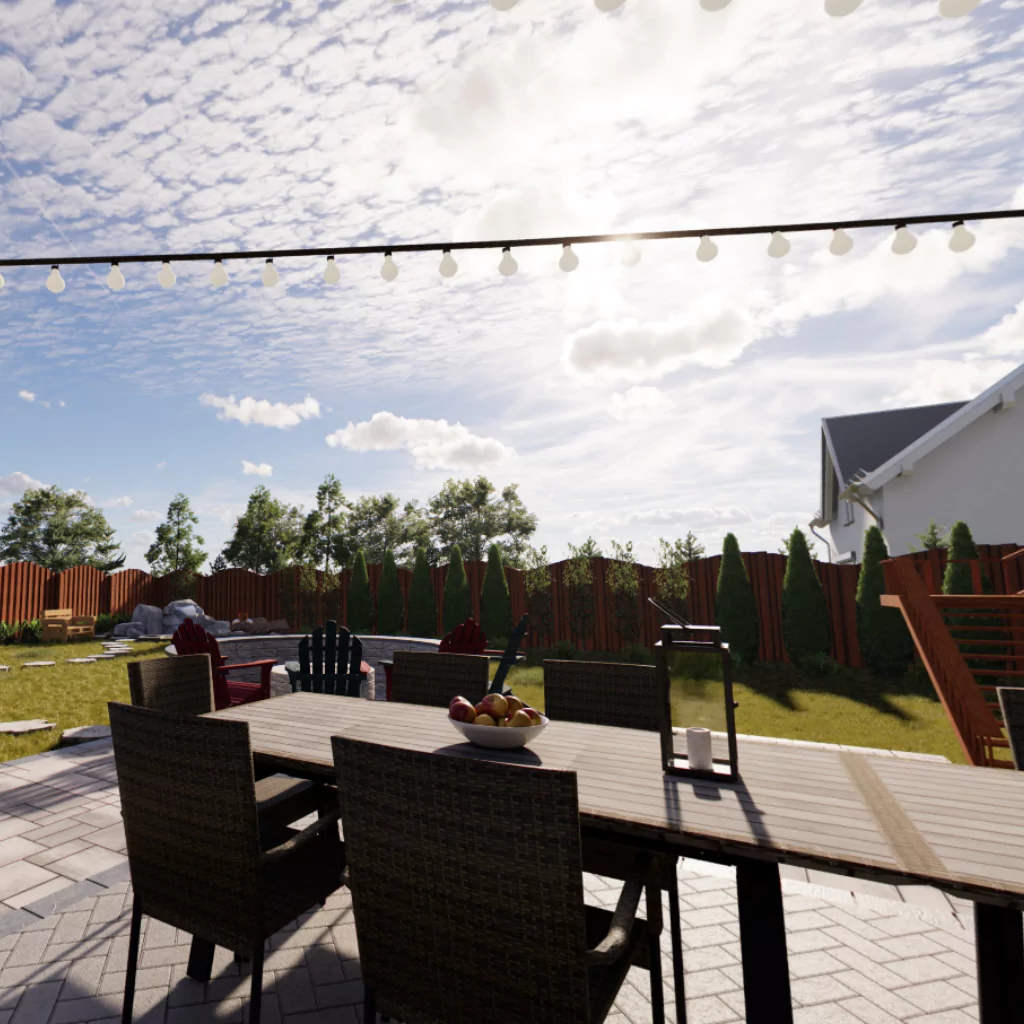
Sustainability Integration: Designing with Precision and Purpose
Incorporating sustainability into outdoor design has never been more precise. 3D technology enables designers to analyze the environmental impact of various elements, from plant selections to water features. This level of precision allows for the creation of sustainable landscapes that harmonize with the natural surroundings and contribute to a healthier ecosystem.
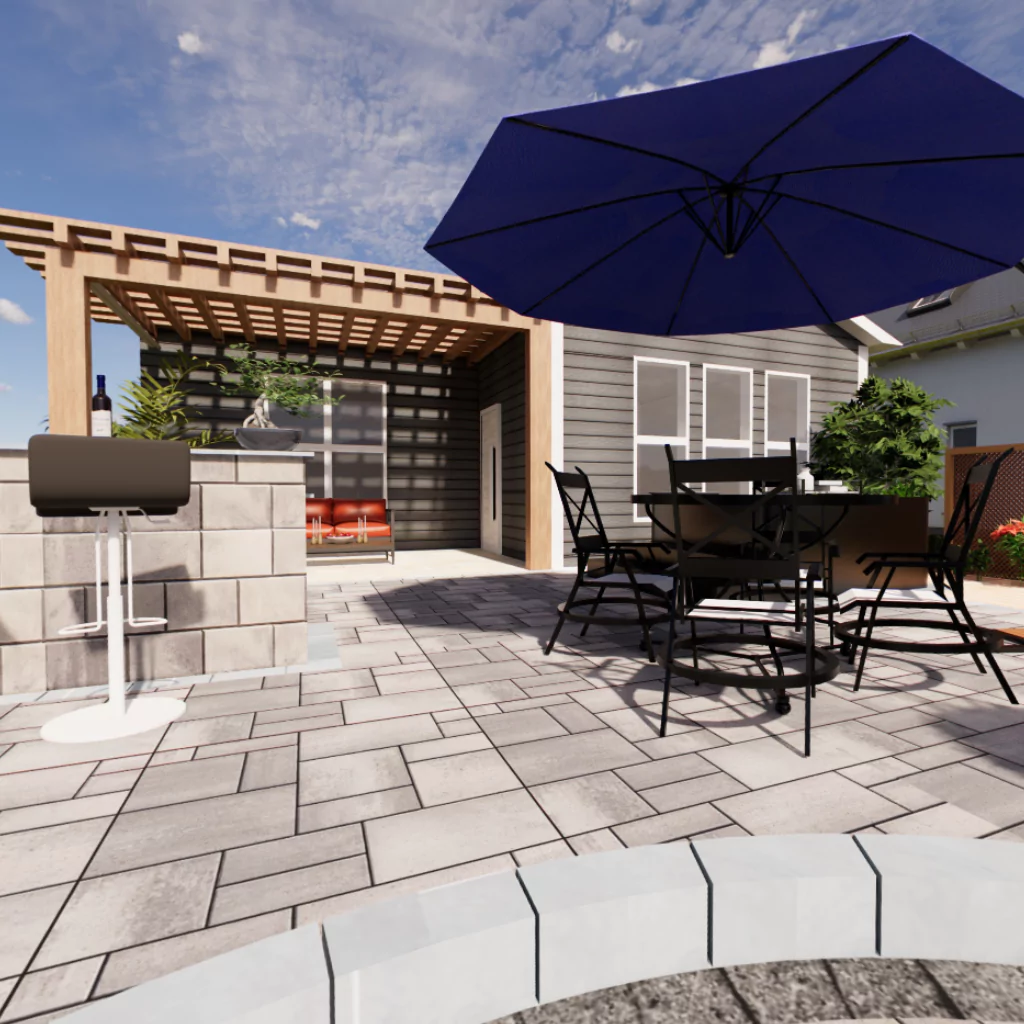
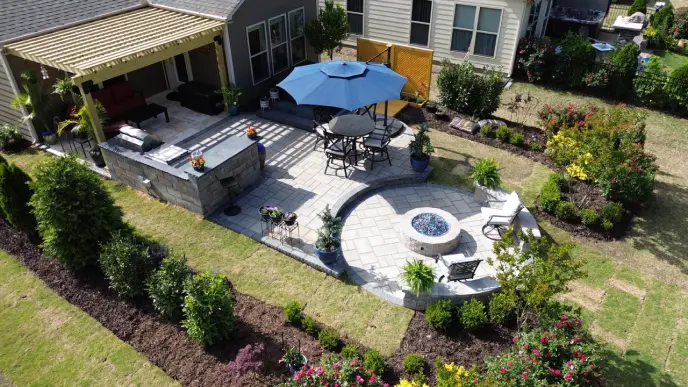
Challenges and Future Innovations: Navigating the 3D Landscape
As we embark on the 3D revolution in outdoor design, it’s essential to acknowledge the challenges that designers may encounter and explore the exciting innovations that lie ahead.
Learning Curve of New Software:
- Challenge: Designers may face a learning curve when adapting to new 3D modeling software, requiring time and training to fully harness its capabilities.
- Innovation: Ongoing advancements in user-friendly interfaces and comprehensive training resources aim to streamline the learning process, making 3D technology more accessible to designers of all levels.
Capturing Intricate Details:
- Challenge: Despite the incredible precision of 3D modeling, capturing intricate details, especially in complex natural elements, can pose a challenge.
- Innovation: Continued refinement of 3D scanning technologies and high-resolution modeling techniques seeks to overcome this challenge, allowing for the faithful representation of intricate details in outdoor designs.
Data Integration and Collaboration:
- Challenge: Efficiently integrating data and facilitating seamless collaboration between various stakeholders, including designers, clients, and contractors, requires robust systems.
- Innovation: Emerging collaborative platforms and integrative software solutions aim to enhance communication and data exchange, fostering a more synchronized and streamlined design process.
Hardware Limitations:
- Challenge: The processing power and hardware requirements for advanced 3D modeling can be demanding, posing limitations for designers working with less powerful devices.
- Innovation: Continuous improvements in hardware technology, including more powerful graphics processing units (GPUs) and cloud-based solutions, promise to alleviate these limitations, enabling designers to create intricate 3D models with greater ease.
Cost Considerations:
- Challenge: Implementing 3D technology may come with initial costs related to software, hardware, and training, which can be a factor for smaller design firms or individual designers.
- Innovation: Increased market competition and the development of cost-effective solutions aim to make 3D technology more financially accessible, promoting widespread adoption across the design industry.
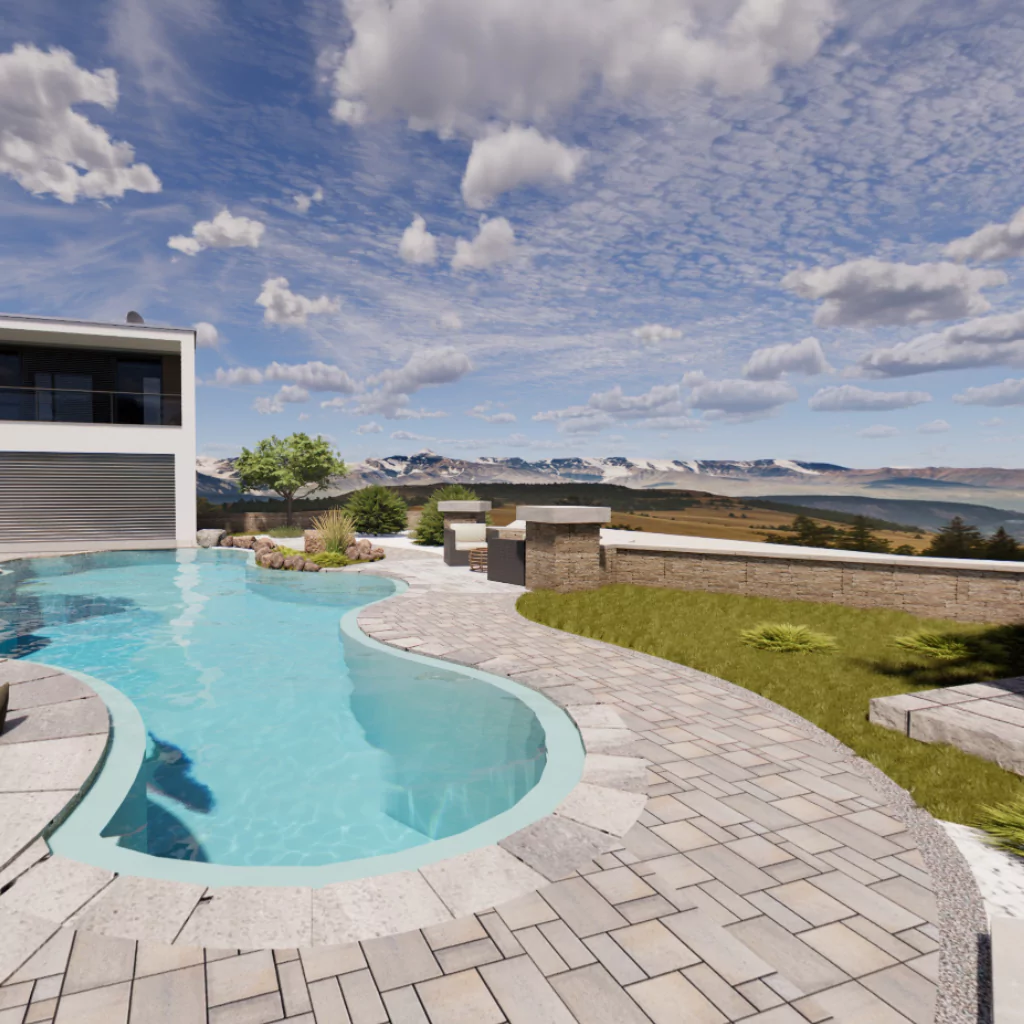
The 3D Technology came to stay
As we embrace the new era of outdoor design propelled by 3D technology, the possibilities are boundless. From creating sustainable landscapes to offering immersive client experiences, the integration of 3D technology marks a transformative leap forward. As designers continue to push boundaries and innovate, the outdoor spaces of tomorrow will undoubtedly reflect the precision, creativity, and sustainability ushered in by this exciting trend.
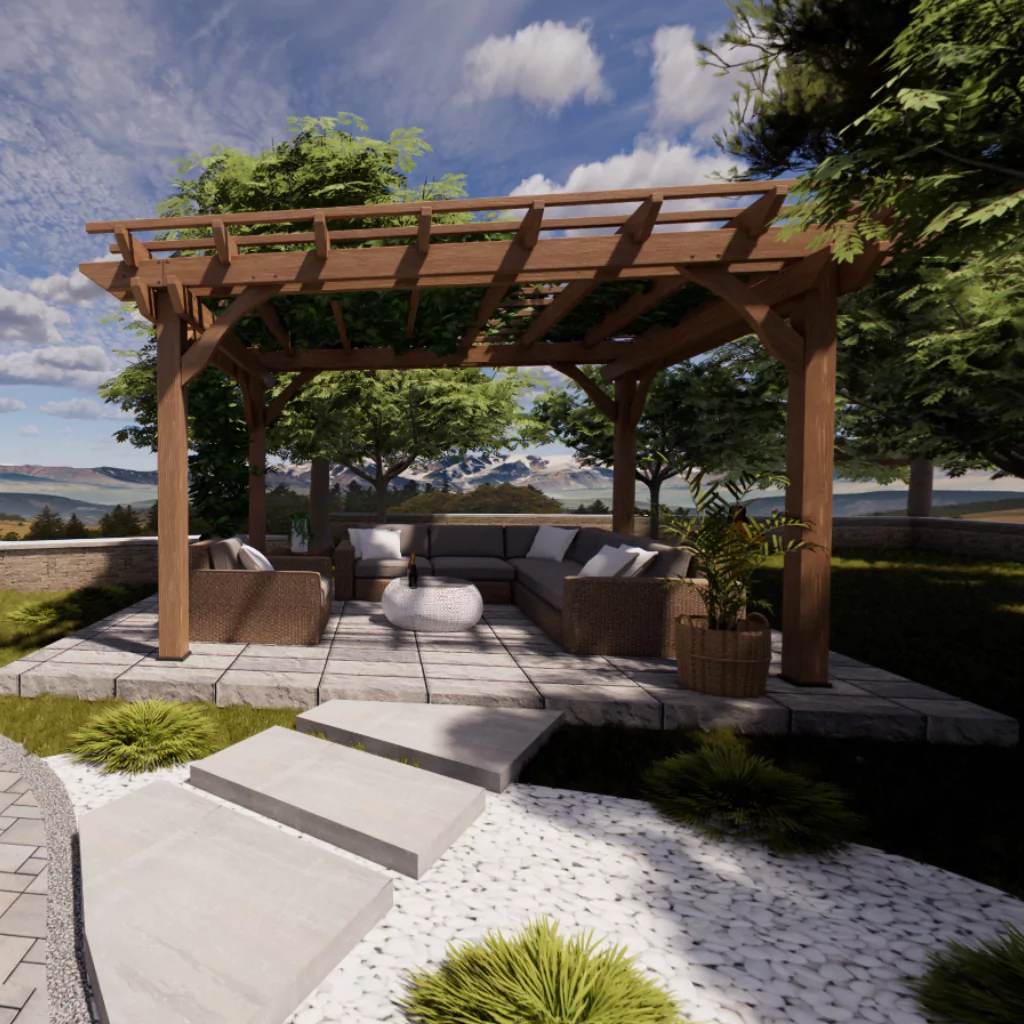
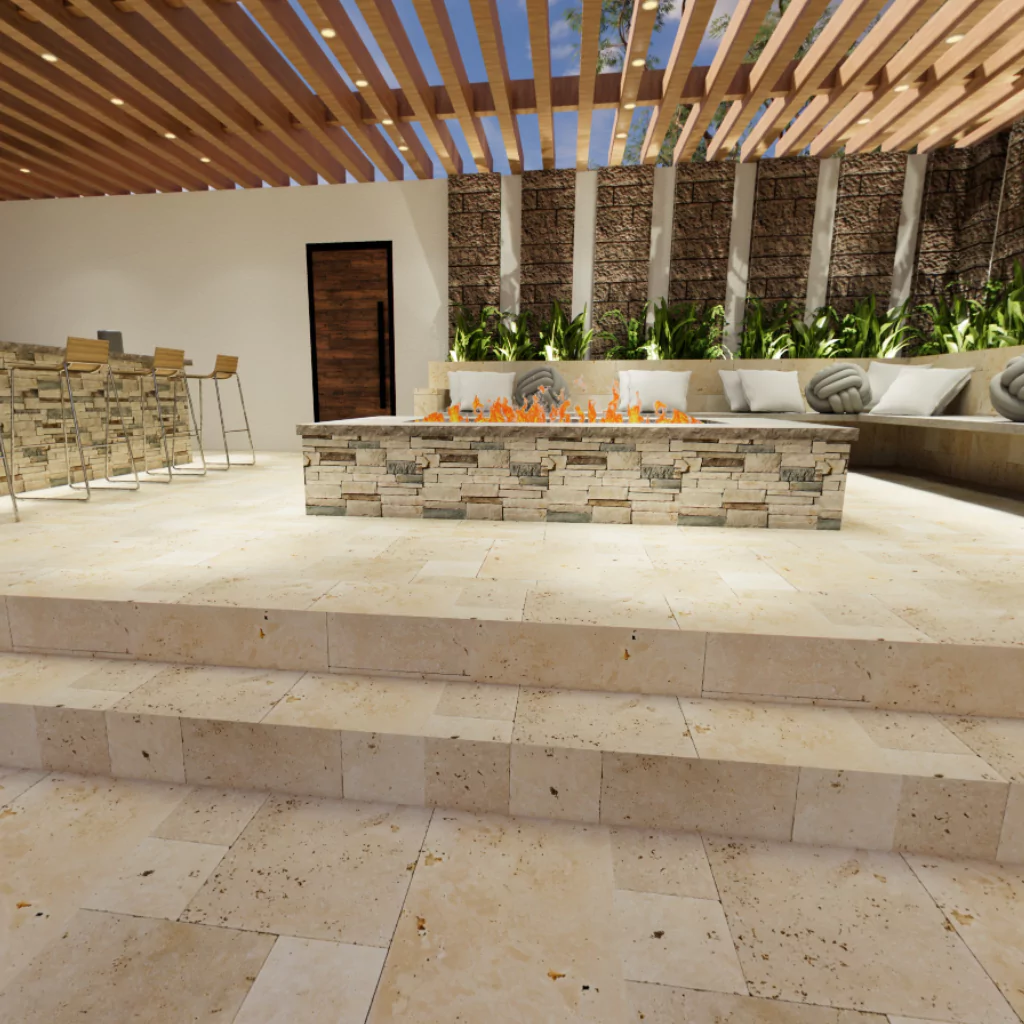
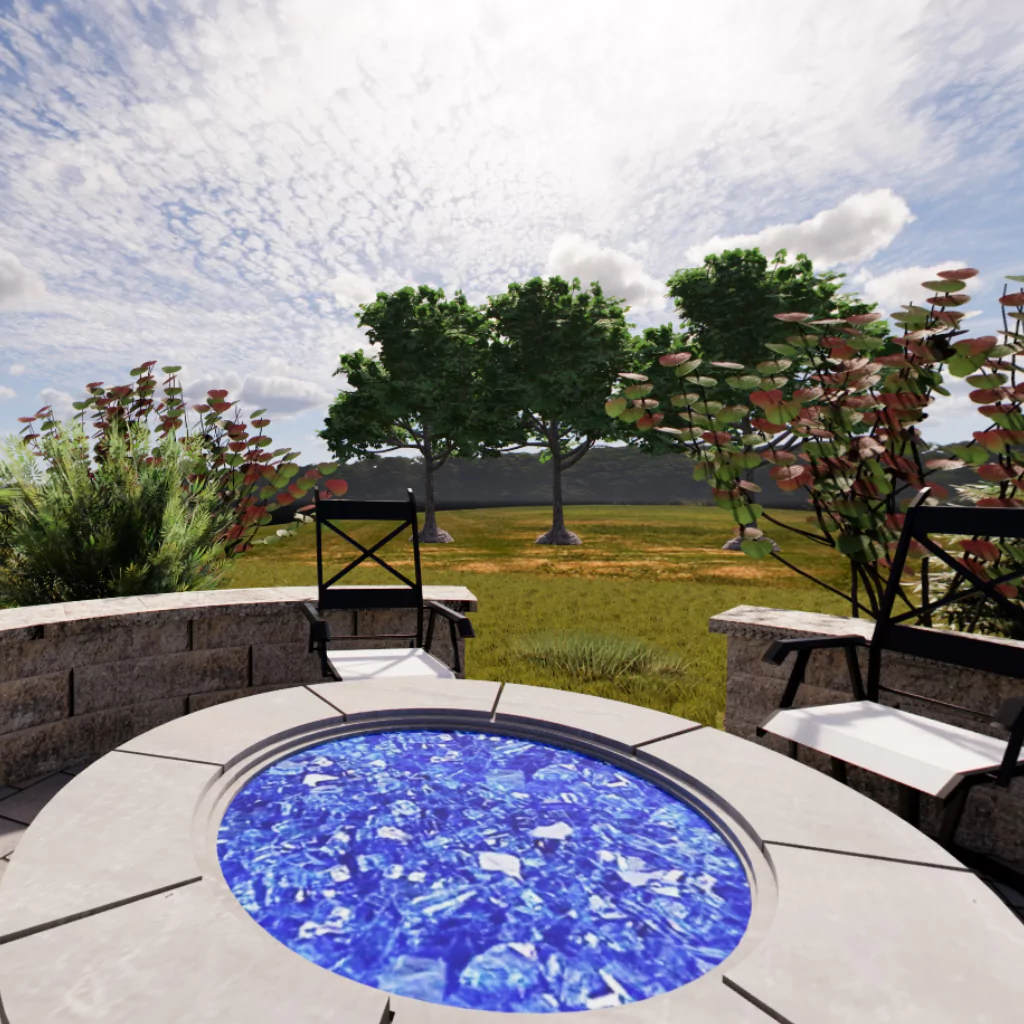
- 5 Creative Ways to Incorporate Stone into Your Home Interior
- Transform Your Interior Space: The Surprising Benefits of Stone Wall Coverings
- Enhancing Your Outdoor Space: Beyond Seating Walls
- Exploring Outdoor Wall Construction Materials: Which Is Right for Your Project?
- Elevating Your Outdoor Experience: The Benefits of Adding Seat Walls to Your Patio
